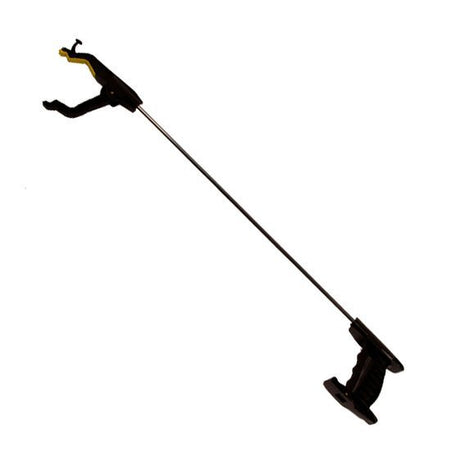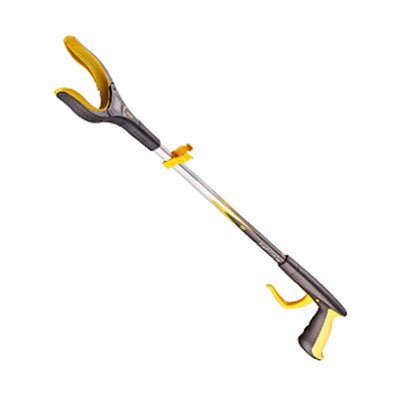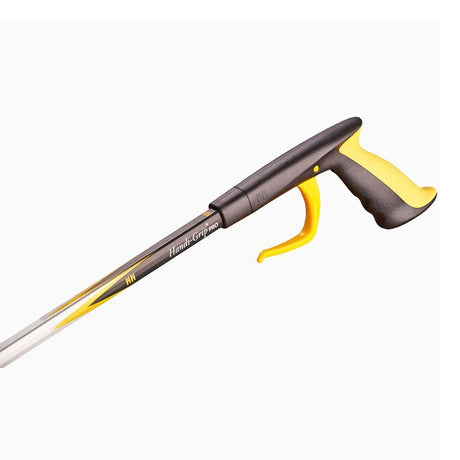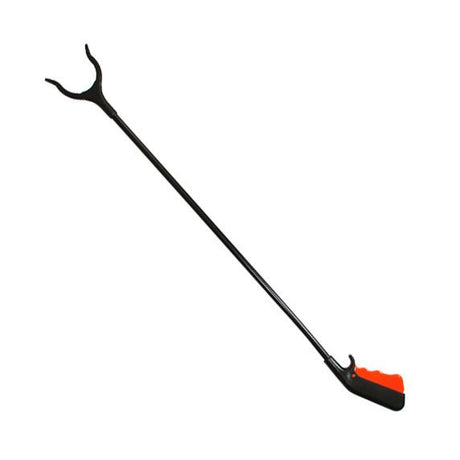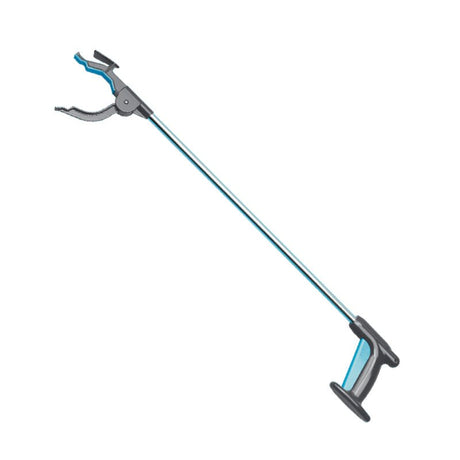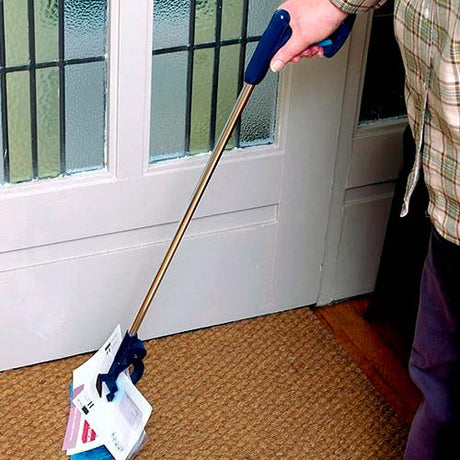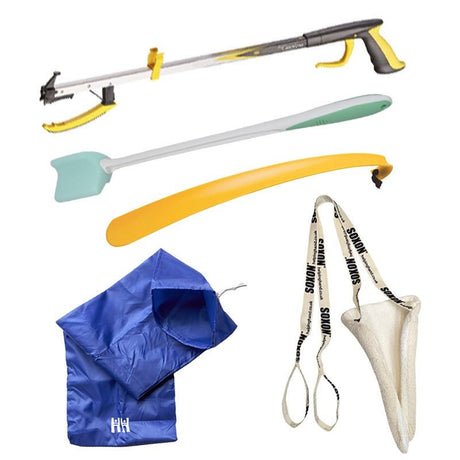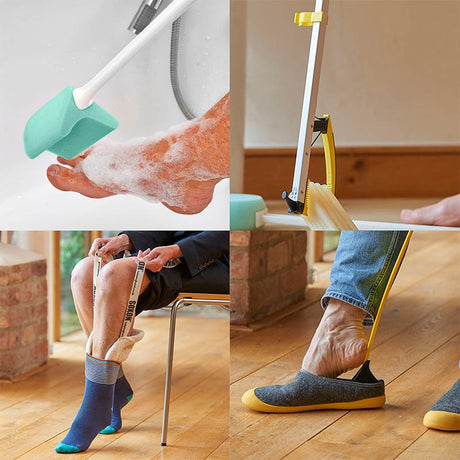## Grabbing Tool: Your Helping Hand in Everyday Life
For elderly individuals and those with reduced mobility, a grabbing tool can be an indispensable aid, enabling them to perform daily tasks without unnecessary effort and without the need for assistance from others.
A grabbing tool, also known as a reacher, is a simple yet effective device that allows seniors to access items that would otherwise be out of reach. By using a grabbing tool, they can avoid bending, stretching, or overexerting themselves, which can reduce the risk of falls and injuries.
Grabbing tools are typically made from lightweight and durable materials like aluminum or plastic, making them easy to handle and transport.
## Discover the Many Benefits of a Grabbing Tool
Although it may not look like much, this humble device is incredibly useful in daily life for those with pain or functional limitations.
Here are the benefits a grabbing tool offers:
- **Easily Reach Objects**: A grabbing tool allows seniors to reach items on the floor, in high cabinets, or in other hard-to-access places without having to stretch or bend. This makes it easier and safer for them to retrieve items like keys, remote controls, or newspapers.
- **Safety and Fall Prevention**: By using a grabbing tool, seniors can avoid standing on unstable chairs or bending in awkward directions to reach items beyond their immediate reach. This minimizes the risk of falls and injuries, which can be particularly hazardous for seniors with balance issues or fragile bones.
- **Self-Sufficiency and Independence**: A grabbing tool enables seniors to manage on their own in everyday life without having to ask others for help. This increased independence can positively affect their self-esteem and sense of autonomy, allowing them to perform tasks on their own without feeling dependent on others.
- **Reduced Strain on the Body**: By using a grabbing tool, seniors can avoid repetitive and strenuous movements that can exacerbate muscle and joint pain. Minimizing physical strain, grabbing tools can help maintain seniors' physical well-being and comfort.
## What Length of Grabbing Tool Should I Choose?
Grabbing tools are available in various lengths to suit different needs. Keep in mind that the longer the tool, the heavier it will be. There's also a difference between tools made of metal and plastic. Metal variants have the advantage of being more robust and durable, although they weigh more than the plastic versions. You can check the specifications under each product.
If you need a grabbing tool for picking up litter in the garden, it's a good idea to choose one with a long handle so you don't have to bend forward. In the garden, you typically hold it vertically against your body, so it won't feel as heavy.
On the other hand, if you're in a wheelchair and use your grabbing tool to reach items, opting for a shorter and lighter model that requires less effort to use might be advantageous.
**Extra Features**: Some grabbing tools come equipped with additional features such as magnetic tips for picking up metal objects or an integrated shoehorn to make it easier to put on shoes.
## What is the Difference Between an Active and a Passive Grabbing Tool?
An active grabbing tool and a passive grabbing tool are two different types designed for distinct purposes and user needs. The primary difference between them is how they are activated and used.
- **An Active Grabbing Tool**: This is the most common type. An active grabbing tool has an **open** grip claw that closes when the handle is pressed. This type provides the user with direct control over the opening and closing mechanism. Active grabbing tools are suitable for users who have sufficient grip strength and finger function to operate and maneuver the tool.
- **A Passive Grabbing Tool**: A passive grabbing tool has a **closed** grip claw that opens when the handle is pressed. When the user activates the handle, the tips remain open, allowing the user to place items between them. Releasing the handle causes the tips to close automatically, grasping the object. This type does not require the same degree of hand strength and dexterity as the active grabbing tool and is therefore suitable for users with reduced strength or finger function.
 Get help here
Get help here
